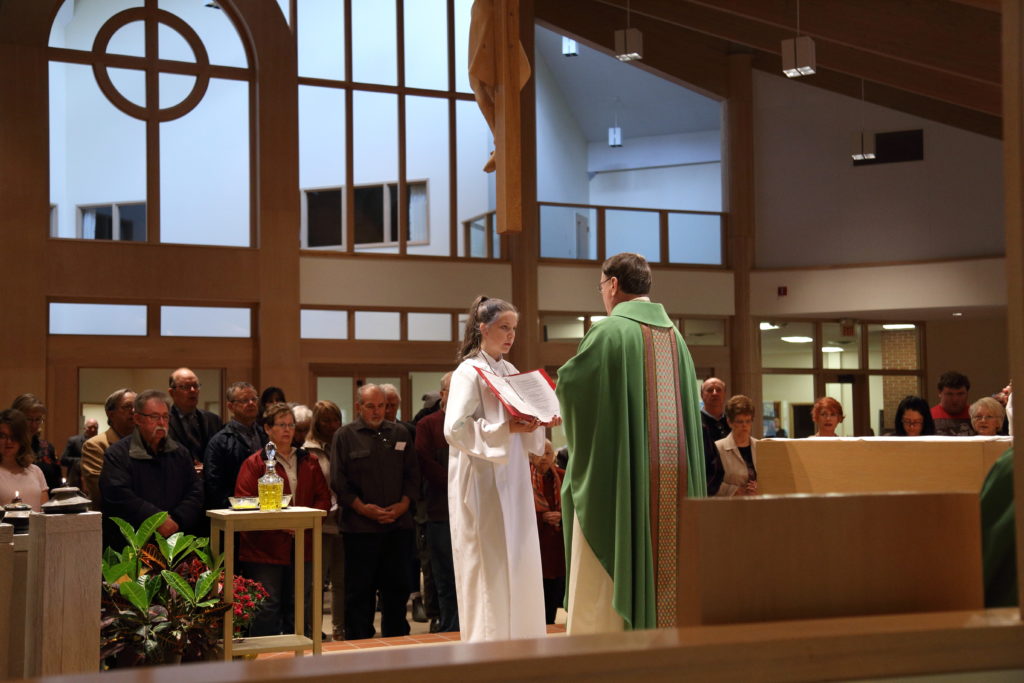The Church has always prayed for the sick to be freed from pain and restored to health. Its pastoral care has its roots in the healing ministry of Jesus. The Lord was always aware of suffering and pain and responded with compassion and healing.
The early Church continued Christ’s healing ministry. In the Epistle of St. James we read,
“Is there anyone who is sick among you? Let him summon the priests of the church. They should pray over him and anoint him with oil in the name of the Lord. The prayer of faith will save the sick and the Lord will raise him up. If he has committed any sins, he will be forgiven.”
From the beginning, anointing those suffering pain or illness became a common practice of the church.
By the Middle Ages, perhaps due to the high mortality rate and the fear of death, the sacrament of the sick gradually lost its healing communal dimension and became associated with the “last rites” of the church before death. It came to be called extreme unction or “final anointing.” As a result, many people who might otherwise have benefited from the sacrament avoided it or waited until death was imminent before requesting it.
The Second Vatican Council reclaimed the original meaning of the Sacrament of Anointing that emphasizes the concern of the Church and the healing power of Christ. It is intended not for the end of life but for any time serious illness or need is present.

